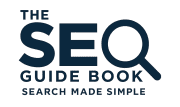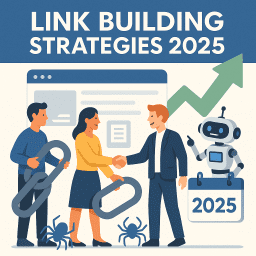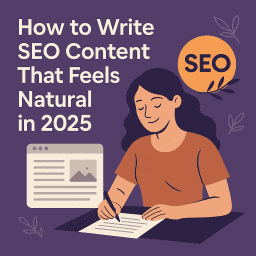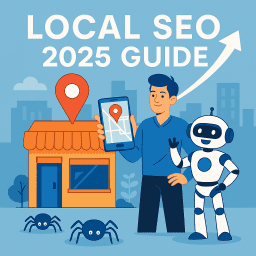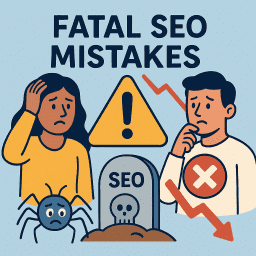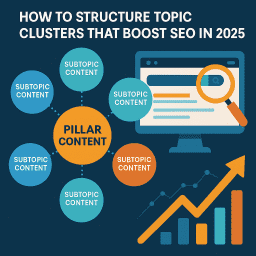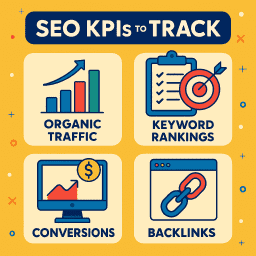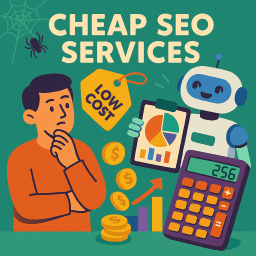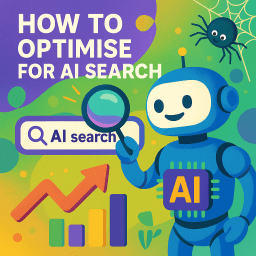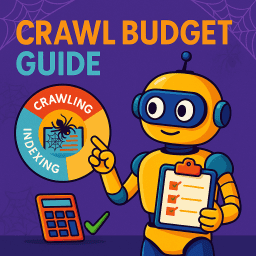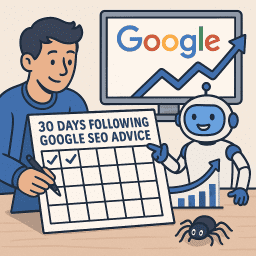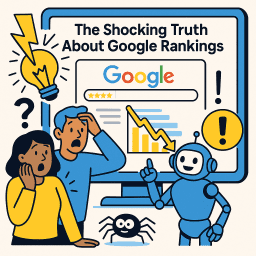SEO vs Paid Ads: Which one Offers Better ROI in 2025?
💰 A no-nonsense comparison to help businesses choose the right channel
⚡ SEO vs Paid Ads: Which Delivers Better ROI in 2025?
If you’re building a digital marketing strategy in 2025, you’ve probably asked yourself: Should I invest in SEO or paid advertising? Both promise traffic. Both can bring leads. But they work very differently—and the return on your investment (ROI) can vary significantly.
In this guide, we’ll break down how SEO and paid ads compare in cost, time to results, scalability, trust, and long-term gains—so you can make an informed, profitable decision.
🔍 What Is SEO (Search Engine Optimisation)?
SEO is the practice of improving your website to rank higher in organic (unpaid) search results. This includes:
- 📄 On-page optimisation (keywords, content structure, metadata)
- 🔗 Link building and digital PR
- ⚙️ Technical SEO (site speed, mobile usability, schema)
- 📍 Local SEO and Google Business Profile
💸 What Are Paid Ads?
Paid ads involve paying platforms (like Google, Facebook, or LinkedIn) to display your business in search results or on their ad network. This includes:
- 🔎 Google Search Ads
- 📢 Display ads and remarketing
- 📱 Social media advertising
- 🛍️ Shopping and performance campaigns
📊 SEO vs. Paid Ads: ROI Comparison
1. 🕒 Time to See Results
- 🚀 Paid Ads: Instant traffic, but it disappears the moment you stop paying
- 🧗 SEO: Slower to build, but results are long-lasting and often compound over time
2. 💰 Cost
- 💳 Paid Ads: Ongoing cost per click (CPC); high-competition keywords can be expensive
- 🔧 SEO: Requires time, tools, or an expert—but traffic is “free” once ranking
3. 📈 Long-Term ROI
- 📉 Ads: ROI diminishes if not optimised regularly or budgets are cut
- 📈 SEO: Higher ROI in the long run due to sustained visibility and traffic
4. 🧠 Trust and User Perception
- 🔐 SEO: Organic results are more trusted by users (and ignored less)
- 🚫 Ads: Many users skip ads or use ad blockers
5. 🎯 Targeting Capabilities
- 🎯 Ads: Highly granular targeting by location, interests, behaviour
- 🔍 SEO: Keyword and intent-based targeting—great for inbound leads
🧮 When to Use SEO
- 🛠️ You want long-term traffic growth
- 🧱 You’re building a brand or publishing high-value content
- 💼 You’re in a high-trust or research-heavy industry (e.g. finance, healthcare, B2B)
- 📈 You want to increase domain authority and visibility across search
⚡ When to Use Paid Ads
- 🚀 You need fast results or leads this week
- 🛍️ You’re launching a new product or campaign
- 📊 You want predictable, scalable lead generation
- 🎯 You’re retargeting previous visitors or running seasonal offers
🧠 Combining SEO and Paid Ads
The best strategy isn’t always SEO or paid ads—it’s both. Smart brands use:
- 📋 SEO to build sustainable, organic traffic
- 📢 Paid ads to supplement efforts and capture immediate demand
- 📊 Ads to test which keywords convert before scaling with SEO
💬 What the Experts Are Saying
- Rand Fishkin: “SEO is a moat. Ads are fuel. The moat protects your castle long-term.”
- Lily Ray: “You can’t buy trust. Organic visibility is earned—and it lasts.”
- Neil Patel: “Use paid ads to test. Use SEO to scale.”
✅ Conclusion
If you’re chasing short-term leads or testing a product, paid ads offer fast results. But for long-term growth, trust, and ROI, SEO wins almost every time. Think of ads as a sprint—and SEO as the marathon that keeps on giving.
The smartest move? Build your SEO foundation now, while using paid ads strategically when the timing or opportunity calls for it.
📝 Recap and Clarify: Post-Specific FAQs
What’s the difference between SEO and paid ads?
SEO focuses on improving your organic visibility in search engine results, while paid ads (like Google Ads) involve paying for placement in sponsored listings.
Which offers better long-term ROI: SEO or paid ads?
SEO typically provides better long-term ROI, as it continues to generate traffic without ongoing costs. Paid ads stop producing results the moment you stop paying.
Are paid ads faster than SEO?
Yes. Paid ads can generate traffic immediately, while SEO takes time to build momentum. That’s why many businesses use both strategies together.
Is SEO really free compared to paid advertising?
SEO isn’t technically free—it takes time, effort, and sometimes tools or agency support—but it doesn’t charge per click like paid ads do, so costs are more sustainable long term.
Which traffic is more trusted by users—organic or paid?
Studies consistently show that users trust organic search results more than paid listings, often clicking them more because they see them as more credible and less salesy.
Can SEO and paid ads work together?
Absolutely. Many businesses use paid ads for short-term wins and SEO for long-term growth. Combining both provides balanced visibility across the entire funnel.
How can I measure the ROI of SEO?
Use tools like Google Analytics and Search Console to track traffic, keyword rankings, conversions, and lead quality. SEO ROI is usually measured over months, not days.
What are the downsides of relying only on paid ads?
Costs can quickly escalate, especially in competitive markets. Once you stop funding ads, the traffic stops instantly—unlike SEO which keeps driving results passively.
How soon should I expect results from SEO?
SEO results typically take 3–6 months to show, depending on your competition, current site quality, and how consistent your strategy is.
Is SEO still relevant in 2025?
Definitely. Despite changes in how people search (like AI and voice), SEO remains critical for visibility, trust, and sustainable digital marketing performance.
Ads rent attention. SEO earns it. – David Roche
